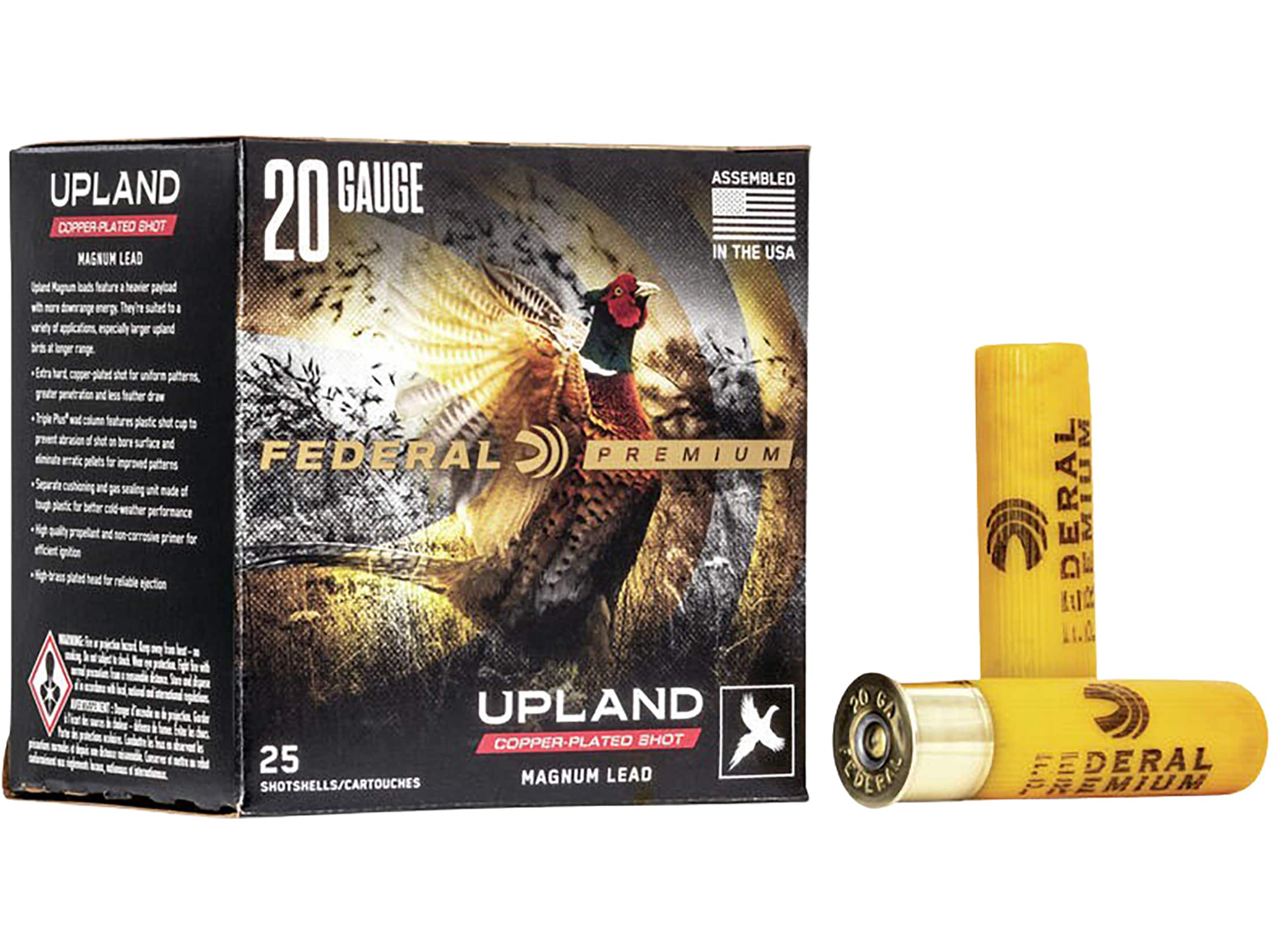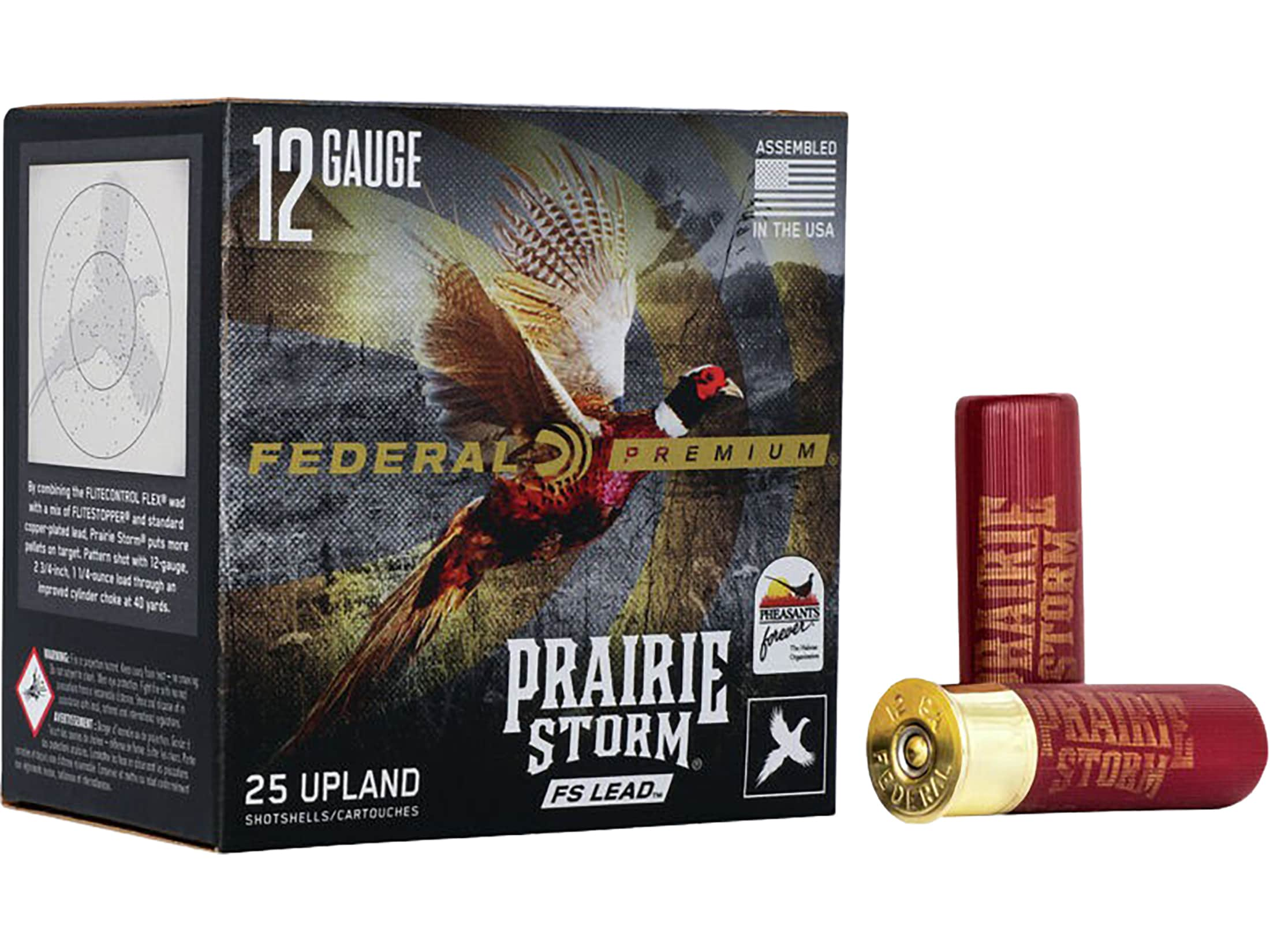yeky83
FNG
- Joined
- Apr 22, 2025
- Messages
- 28
New hunter here, I’ve been reading and listening to a lot of the small caliber content from Form and others and learning a lot.
I thought I’d just be a big game rifle guy, but I’m wanting to try my hand at it all! So in looking at shotguns, I wondered if there’s a similar education to be had for shotguns.
With shotguns, the conventional wisdom seems to be that you need a certain amount of weight and barrel length for stability, and a larger bore as one can handle for denser pattern performance. Typically, all that a lighter, lower gauge shotgun is considered good for is being easier to carry around.
But being new to it all, it doesn’t quite make sense to me why one needs all that barrel length to shoot at things at a relatively close distance. And “I suck” has still got to be a factor, so dense patterns of a larger bore be damned if you’ve got low recoil and are shooting accurately with a small bore, no?
But then to get to that 6 ft-lb recoil range, it seems a .410 is needed and that seems… way too small? Does the small caliber, lower recoil stuff hold up when it comes to shotguns, or is it a different ball game?
I thought I’d just be a big game rifle guy, but I’m wanting to try my hand at it all! So in looking at shotguns, I wondered if there’s a similar education to be had for shotguns.
With shotguns, the conventional wisdom seems to be that you need a certain amount of weight and barrel length for stability, and a larger bore as one can handle for denser pattern performance. Typically, all that a lighter, lower gauge shotgun is considered good for is being easier to carry around.
But being new to it all, it doesn’t quite make sense to me why one needs all that barrel length to shoot at things at a relatively close distance. And “I suck” has still got to be a factor, so dense patterns of a larger bore be damned if you’ve got low recoil and are shooting accurately with a small bore, no?
But then to get to that 6 ft-lb recoil range, it seems a .410 is needed and that seems… way too small? Does the small caliber, lower recoil stuff hold up when it comes to shotguns, or is it a different ball game?



